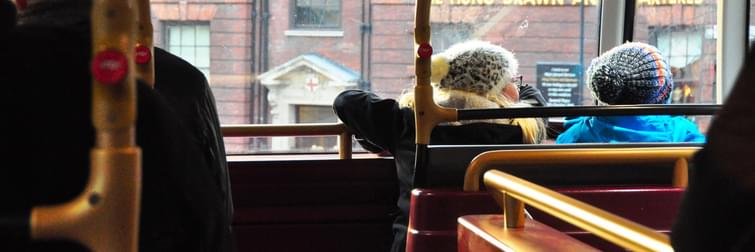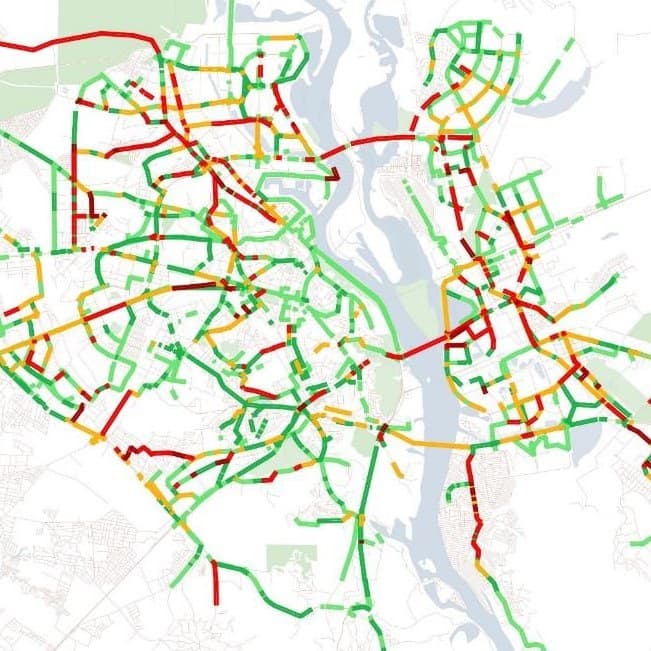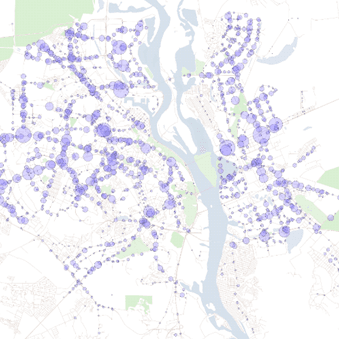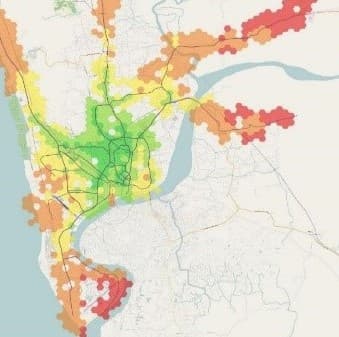
blog: The post-COVID bus revival
Monday 24th August 2020
COVID-19 is having a huge impact on how people are choosing to travel. Lockdown, social distancing, and the government’s guidance to avoid public transport has led to a seismic shift in patronage. It’s unlikely that things will ever go back to ‘normal’ (which isn’t all bad) and even if confidence in using public transport increases, passenger numbers may be supressed, local priorities and travel patterns may be different, and funding will be scarcer than ever.
Now is the time to take stock and prepare
We need public transport networks that respond to passenger needs, are inclusive, integrated, and are fit for purpose in a future where the climate change agenda needs attractive, affordable alternative solutions to the car. Campaign for Better Transport in their COVID-19 recovery report ‘Renewing the transport system’ state how the impact of the pandemic has highlighted four challenges which need to be addressed:
- Connectivity and accessibility – risk of further degraded or absent services leaving communities disconnected.
- Making systems work – gaps in capacity and capability to plan and deliver, plus lack of responsiveness and inertia hindering improvements.
- Affordability and flexibility – lack of integration, high fare levels and rigid inflexible service makes public transport less attractive or not useable for too many.
- Environmental impact – high levels of air pollution and carbon emissions due to transport.
Opportunity for change
The current situation provides a great opportunity for transport planners to implement a new vision for public transport. A sound public transport system is vital for the economy, ensuring networks do not lose focus of the needs of regular users, but inspire people to make that switch to public transport at this time of change.
However, there is a skills shortage in the bus sector, especially in local authorities, as a result of cuts, amplified by the recent reallocation of resources for crisis management. This may have left some operators and local authorities in need of additional support to develop and deliver their transport strategies.
With quickly changing priorities, bus operators and local authorities will need an effective way of designing, and redesigning, public transport networks with an effective, responsive system that can evaluate services on an ongoing basis as patronage and priorities change. This is where ITP can help.
Our approach
As a specialist transport consultancy, we have the knowledge, expertise, and experience in all levels of network development and implementation, with a team of specialists from backgrounds including bus operator management and local authority heads of service, to help you review, evaluate, plan and prepare for whatever the future holds.
Phase 1: Strategy Development & Criteria Definition
- Working with local authorities and operators, in partnership, to create a vision and objectives for public transport to define what they want to achieve. We've done this recently in Cambridgeshire and Worcestershire.
- Using this as a basis for defining a list of priorities for investment in public transport.
- Determining a clear, transparent and robust criteria on which services will be appraised.
- Developing accessible and usable models which enable the scoring of services around parameters.
- Develop a scoring methodology which effectively reflects the defined priorities.
Phase 2: Understanding the Current Situation

- Visualising and understanding the bus network through service route and frequency data from TransXchange or GTSF feeds.
- Determine the capacity of each link / corridor by combining the frequency with the capacities of the vehicles used.
- Understanding the demands and needs in the area through demographic and Census mapping. Grounding our understanding in reality through stakeholder engagement
Phase 3: Understand Demand for Travel
Seeking to understand future and unmet demand for travel through:
- Origin-destination mapping using strategic model outputs; mobile data; ticketing data.
- Map future development allocations for an insight to future demand.
- Public engagement – on-line questionnaires, focus groups, workshops and on-street surveys.
- Boarding and alighting data to identify frequently-used stops.

Phase 4: Scoring Existing Services
Use accessible and transparent modelling as a basis to score services, using different layers in GIS mapping and other tools to assess the ability of a service to meet the set criteria. As well as patronage and cost, this criteria may also include:

- Accessibility - use data tools such as TRACC to show overall coverage of the network, show travel time to key locations, use the extents of the coverage to work out demographic statistics for that area – e.g. how many unemployed people within 60 mins of a bus station.
- Climate – map CO2 emissions
- Congestion - mapping speed data using GPS and mobile data along routes will help to identify areas of network congestion.
In his recent blog 'Using data to aid public transport recovery', Giles Lipscombe details how we did this in Manchester.
Phase 5: Gap Analysis and Network Development
- Armed with extensive data and understanding, we can establish gaps in provision and develop networks to meet demand. New services or enhanced services can then be scored against the same criteria as existing services.
- Any model developed can be updated in response to changing circumstances – updated patronage; revised demand and demographic data; emissions etc – on a regular basis, which will automatically revise the scoring of services.

This provides a dynamic solution, adaptable to clients’ needs, which enables the design of an evolving bus network, providing the most appropriate and cost-effective solutions. This is especially relevant at the moment. Although we can surmise how people will travel in the near and longer-term future, we simply don’t know what the demand for travel will be. Having something that can assess options as priorities change will be invaluable, particularly through the different phases of post-COVID recovery.
If you would like to find out more about our public transport strategy, network planning or data analytics capabilities, or if you would like to discuss how we could assist you in planning a network or developing a system which will enable interactive planning in an ever-changing climate, please contact Denise Faber on faber@itpworld.net.
